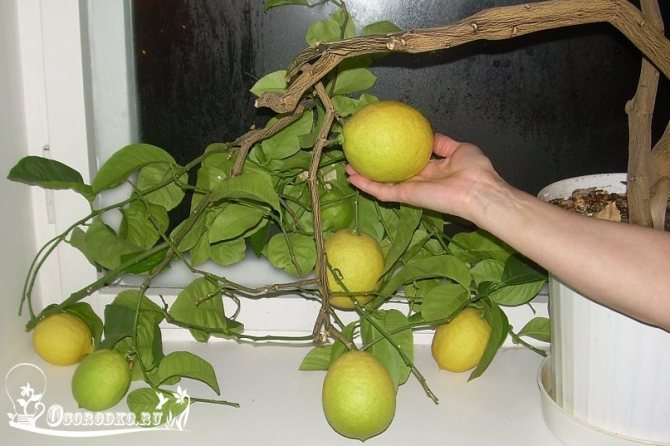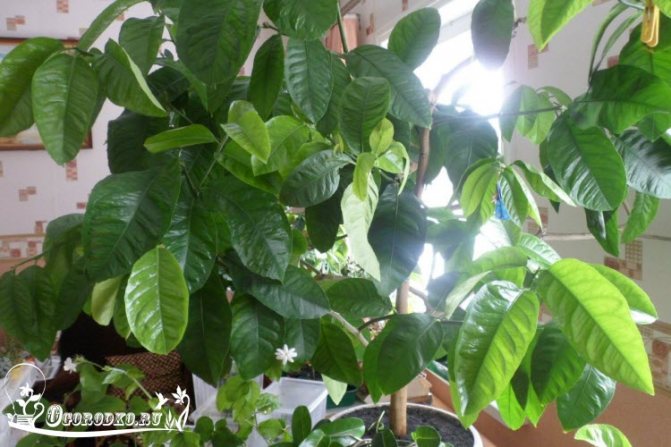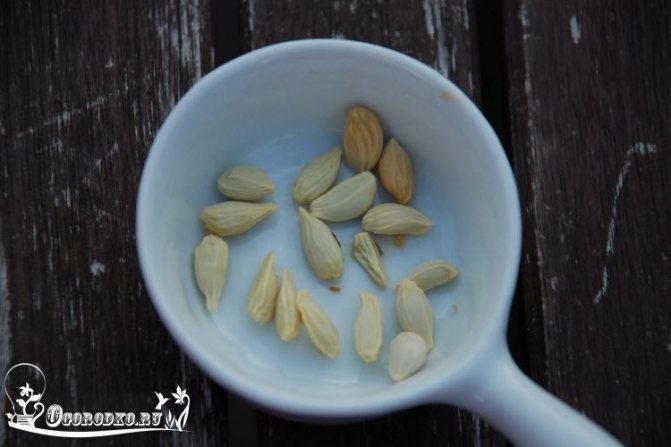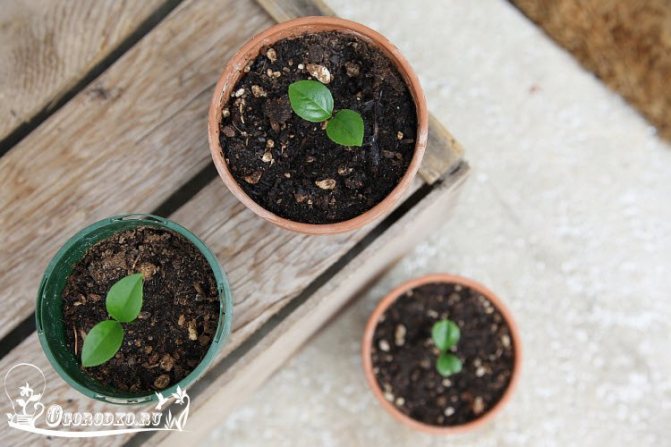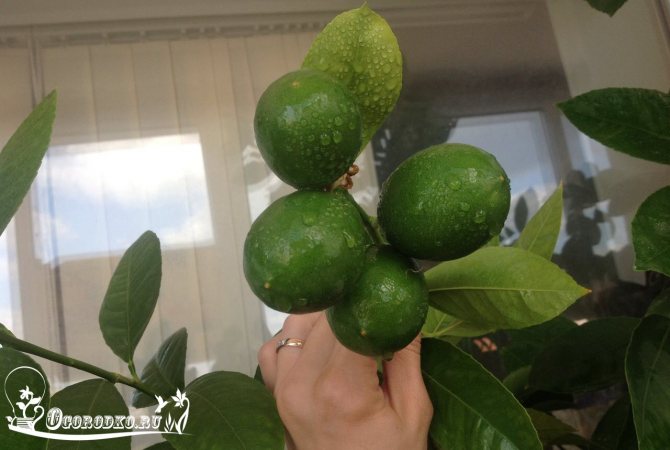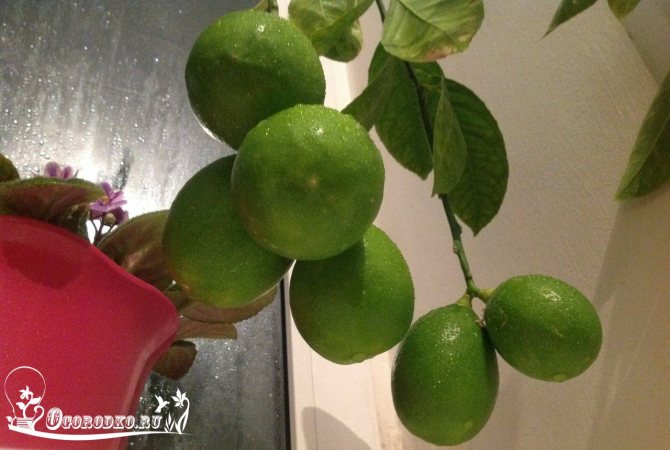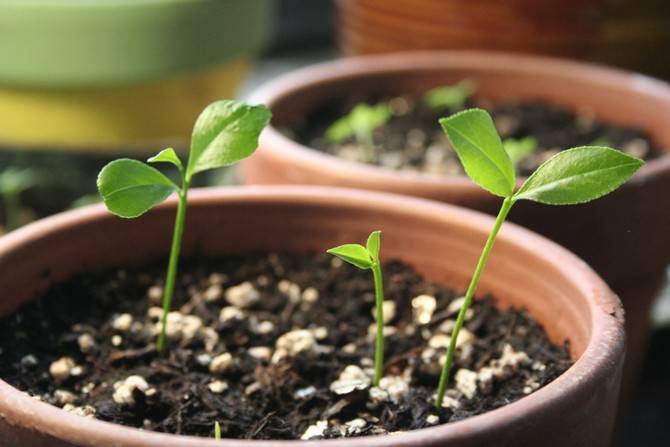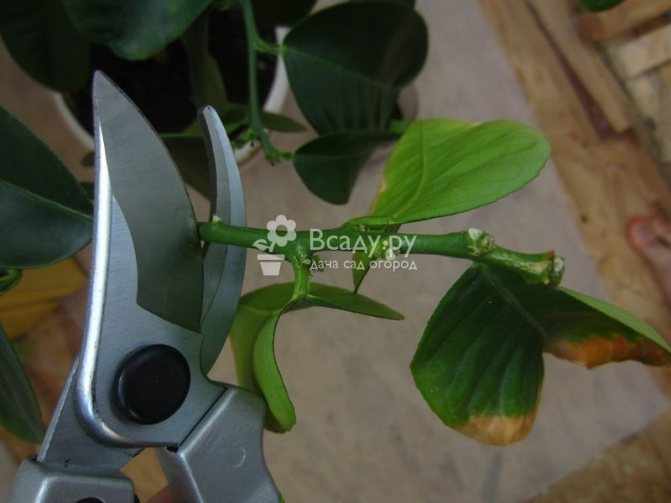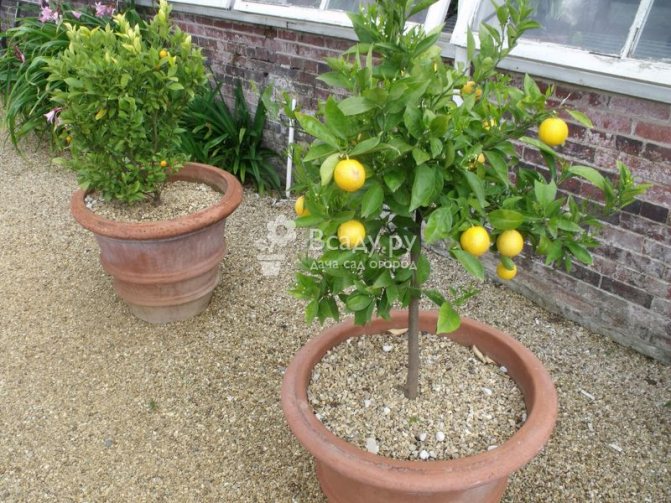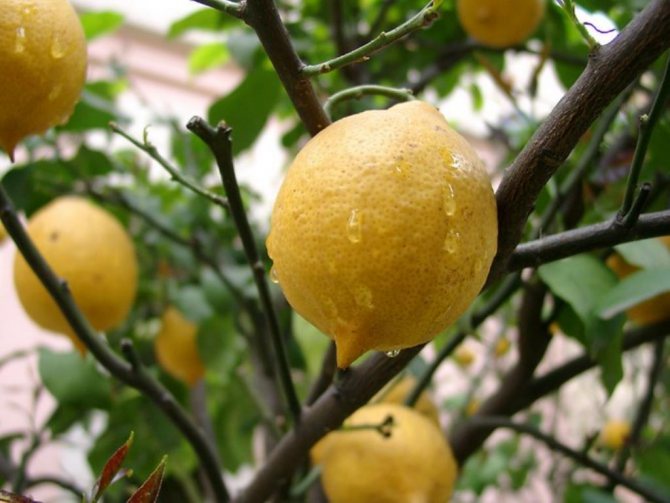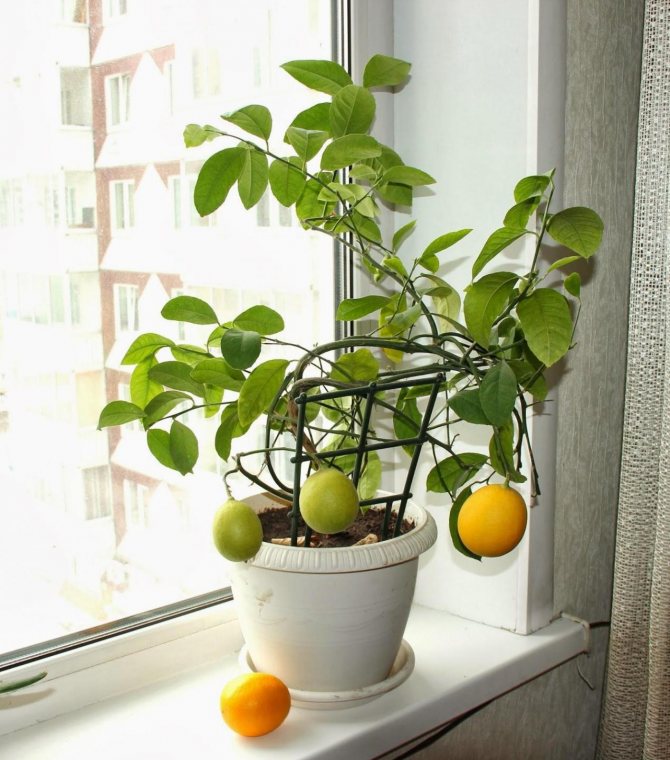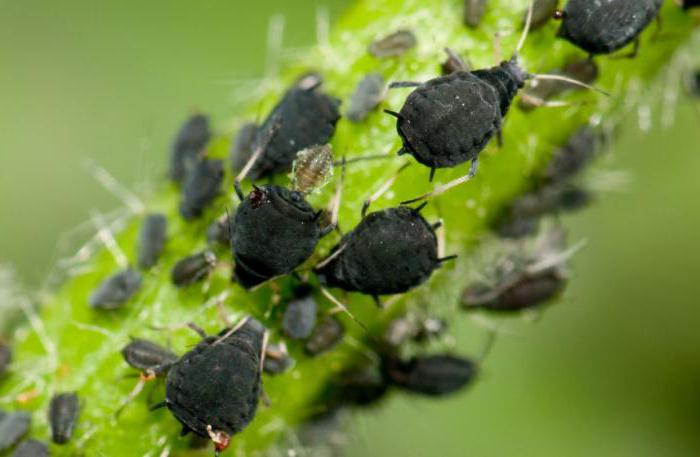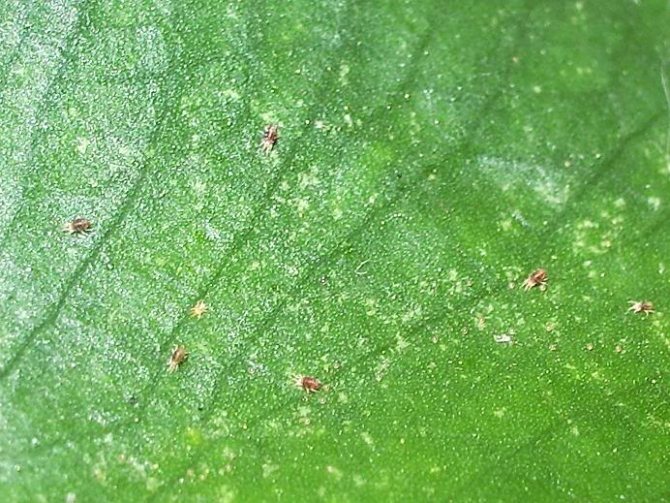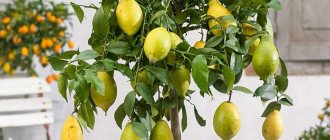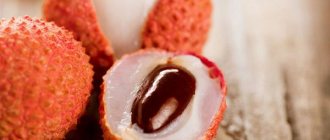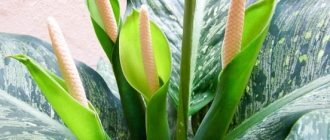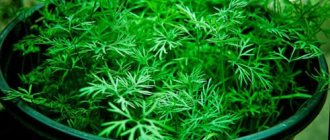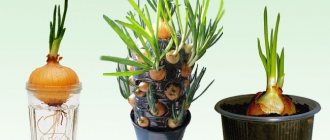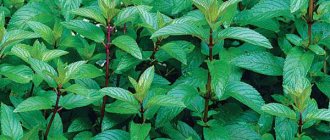- Characteristics of the variety
- Growing conditions
- Planting lemon
- What to do if citrus does not bear fruit
- Important tips for caring for your citrus tree
Growing lemon in an apartment is an entertaining business that requires patience and strength. You can even grow a lemon on the balcony. It is only necessary to provide the plant with the right conditions, fertilize the crop in a timely manner, and prevent diseases.
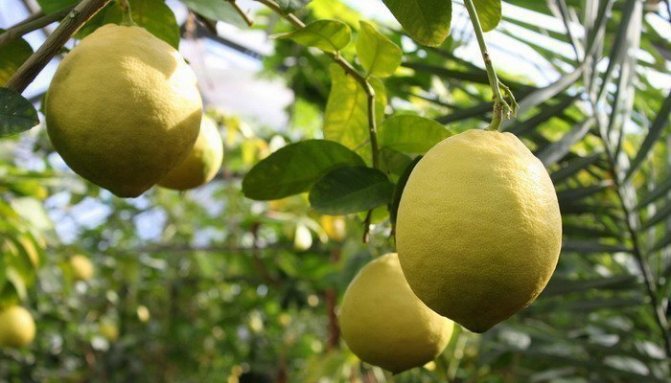
"Jubilee" is a kind of lemon that can be grown at home
Description of the variety
Lemon of the Yubileiny variety is an evergreen plant, the height of which does not exceed 1.5 m. The variety belongs to large-fruited, intended for indoor cultivation. Abundant flowering in clusters. Sometimes bouquet branches appear at the expense of growth. The seedling grows well without rootstock, on its own roots. The crown is compact, it is formed by pruning. The shoots are strong, directed upwards, and can bend under the weight of the fruit. Rapid development requires warmth, good lighting and high humidity.
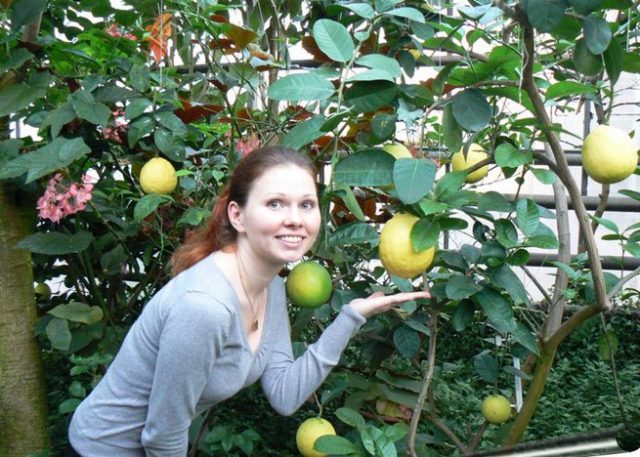

Leaves are oblong, dense, glossy, bright green in color, located on short petioles. Due to their large size, they look decorative. The peculiarity of the Yubileiny lemon is that milky-white, fragrant flowers and fruits ripen on it at the same time.
The fruits are large, weighing from 200 to 800 g, with a pleasant sour taste, without bitterness. The peel is yellow, of medium thickness. The pulp is light yellow, very juicy, with a large number of seeds, has a pronounced grapefruit aroma. Lemons ripen for 8-10 months, it all depends on lighting and care. A garter of shoots is required during the ripening of the crop. The tree begins to bloom and bear fruit in the 2nd year of cultivation. It is better to cut off green ovaries before 4 years of age until the seedling gains strength for full fruiting.
The Jubilee lemon shown in the photo above belongs to the remontant, it can bloom and bear fruit several times a year. The Yubileiny variety is resistant to unfavorable conditions, the plant is unpretentious to the soil, lighting, humidity and temperature, but gratefully responds to care.
Lighting is of great importance for the Jubilee lemon. It grows and bears fruit best on the sunny side. The soil should be slightly acidic, about 6 pH, ready-made citrus soil can be bought at the store. Lemon of the Yubileiny variety develops unevenly, it has a period when new branches and leaves are formed very actively. A dormant time comes to replace, when active growth is imperceptible, and the wood matures. The seasonal change in temperature is important: above 18 ° C in summer and about 14 ° C in winter.
In the spring, the Jubilee lemon variety is transplanted. The balance between the volume of the root system and the soil is important for normal development. If there is too much soil in the planting container, it sour, the roots begin to rot. Therefore, the diameter of the pot is gradually increased during transplantation.
In summer, the Jubilee lemon can be taken out into the garden and placed in the shade of a tree. It is better to close the pot with some kind of material so that it does not overheat. The tree must be sprayed early in the morning, it loves high humidity. In the summer, this can be done every day, and in the winter, as needed. Room humidity should be around 70%.
Advantages and disadvantages
The advantages of the Jubilee variety are:
- earlier fruiting;
- abundant flowering;
- large fruit size.
Lemon Jubilee is unpretentious, responds well to feeding and a favorable microclimate, but it can bear fruit even with minimal care.


The disadvantages include slow growth of new shoots with abundant flowering.
What to do if citrus does not bear fruit
Weak fruiting or its absence may be due to the lack of proper conditions:
- Dormancy period - the tree needs wintering at a temperature of 5 ° C. This will allow flower buds to germinate, which will yield crops in the future.
- Temperature conditions. The optimum temperature is 16 ° C.
- Timely pruning.
- Permanent place. As soon as the crown finishes forming (5-6 years), any transplants should be canceled. Citrus does not tolerate moving the pot.
- Sufficient saturation of the lemon tree with nutrients. When the plant is actively growing, it should be fertilized with a manure composition with superphosphate. The mixture will provide the wood with essential ingredients.
- Complementary feeding once a week. Enough three tablespoons of fish tincture in combination with weekly fertilizers. The phosphorus will allow the plant to bloom much faster.
- The method of overdrying the land with abundant watering.
It is believed that lemon can bloom after a sharp temperature drop. Many gardeners place it on the balcony, and then put it in a warm room. This option is not particularly effective. No one knows how a plant can behave, and its reaction to temperature changes can lead to the falling of leaves, ovaries and fruits.
Breeding methods
Pitted lemons do not retain varietal characteristics. These seedlings can be used as a rootstock. The graft is taken from the Jubilee lemon, which is already bearing fruit. Places of cuts are treated with garden varnish.
The order of growing seedlings of lemon varieties Yubileiny:
- the bone is removed from the fruit, dried in the air for several hours;
- then they are planted in the ground and watered;
- sprouts will appear in about 3 weeks;
- when the seedlings are a month old, they are seated in individual containers.
It is easier to grow a seedling from a cutting.
Advice! Lemon cuttings of the Yubileiny variety do not take root in water, only in the soil. Greenhouse conditions and 100% humidity are required, a suitable air temperature is 26 ° C.
You can make a greenhouse from a 2-liter plastic bottle. To do this, it is cut horizontally into 2 parts. Drainage holes are made in the lower half, a layer of expanded clay and soil is poured.
Instructions for rooting a lemon stalk of the Yubileiny variety:
- Fill the planting container with citrus soil mixed with coarse sand.
- The stalk is cut with a length of about 10 cm, the lower leaves are cut off, the cut under the lower bud is renewed.
- Put in the solution of "Kornevin" for 1 day, then put in a greenhouse.
- The wide top leaf of the cutting is cut in half to reduce moisture evaporation.
- The stem is deepened into the ground by 2-3 cm.
- Water with "Heteroauxin", close the greenhouse with the upper, cut-off part of the bottle.
- Drain the drained liquid from the pallet.
- Once every 2 days, the stalk is ventilated by unscrewing the cap on the bottle.
- Rooting will occur in about a month.
- Jubilee lemon will begin to bear fruit in the 2nd year of cultivation.
Citrus fruits are propagated by seeds, cuttings and grafting. With seed reproduction, you should not expect the appearance of fruits; you will need to graft a fruiting branch onto the seedling. Only an experienced grower can properly inoculate.
When propagated by cuttings, all varietal characteristics are preserved, the Yubileiny lemon variety quickly enters the season of fruiting. So the best way to reproduce at home is by cuttings.
How to choose a seat?
The peculiarities of lemon, among other things, can be attributed to the fact that he really does not like a change of scenery. Therefore, the place for it must be chosen carefully. Most varieties prefer good lighting.But it does not tolerate direct sunlight.
They put a lemon, growing and caring for which at home will be successful only if the place is chosen correctly, most often on the east window. Bright, but rather diffuse morning light is enough for this plant to develop well.
It is allowed to put lemons on the south window. However, in this case, you should definitely take care of shading. Direct sunlight will surely cause burns in the plant. In addition, lemon will react to excess lighting by the appearance of a large number of small whitish leaves. Thus, citrus will simply try to reduce the area of contact with UV rays and lose its showiness.


You should also choose a place for the lemon so that the pot is not cooled by a draft. This is especially true for the cold season. If the temperature of the soil in the pot is lower than the ambient temperature, the plant will shed its leaves.
Landing rules
A week after buying a young lemon of the Yubileiny variety, it needs to be transplanted into a new pot and fresh soil by the transfer method. You cannot buy a seedling with a bare root system, it will not take root. Jubilee lemon needs an annual spring transplant before flowering. Old plants in large pots are transplanted 1 time in 2-3 years or simply change the topsoil.
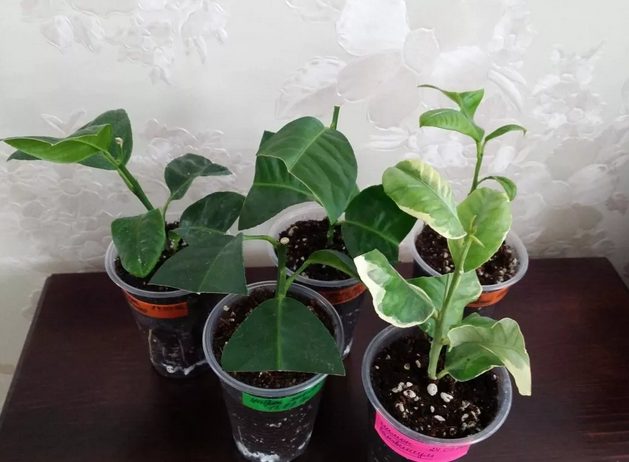

Procedure:
- For transplantation, take a container 2-3 cm larger in diameter than the previous one.
- Drainage is poured at the bottom with a layer of 4 cm, on top - part of the soil.
- When transplanting, the earthen lump around the roots is not destroyed.
- If the Jubilee lemon sapling is small, hold the trunk between your fingers and take it out of the pots along with the earth.
- Shake off the crumbling soil and place an earthen lump with roots in the center of the new planting container.
- Add fresh soil and tamp, lightly tapping the pot on a hard surface.
- It is well watered and placed in diffused light.
Observe the development of a young lemon of the Yubileiny variety. When the roots appear from the drainage hole, they are moved to a larger pot, without waiting for spring.
A bit of biography
All reference books and descriptions regularly repeat the same history of its origin. Created in Uzbekistan in the 60s by the famous local breeder and citrus grower Zainiddin Fakhrutdinov. By the way, the resulting plant was initially called Fakhrutdinov-1.


History also provides details. The breeder planted a stalk of the famous Meyer variety on the Novogruzinsky stock. The grown tree gave the first harvest, and then it turned out that one of the branches was noticeably different from all the others: both in the appearance of the leaves and in the fruits. Having multiplied it, the scientist got a new one, unlike other specimens, which we now know as "Tashkent".
Everything would be nothing in this story, if not for the skepticism of some specialists, and of citrus lovers too. Their doubts rest on an indisputable fact: the method of grafting cannot be called either crossing or selection. Therefore, the "group of doubters" adheres to the view that the copy obtained by Fakhrutdinov is simply a successful clone of the old, world-famous "Meyer". Indeed, these varieties are so similar that it is not easy even for a specialist to distinguish them.
Lemon Jubilee care at home
In summer, the temperature should be between 18 and 26 ° C. These conditions are ideal for the formation of flowers. In winter, it is advisable to keep the room temperature around 14 ° C. Lemon Jubilee can be placed on an insulated loggia or a cool windowsill. At the roots and crown, the heating should be the same. If the floor is cold or, conversely, heated, the pot must be raised on a support so that the heat is evenly distributed.
Bright, diffused light is useful in spring and fall. In summer, the Jubilee lemon should be shaded from the hot, midday rays of the sun.In winter, additional lighting is needed, otherwise the leaves will begin to crumble. The air humidity should be increased, about 70%, you can use a humidifier or spray regularly.
A warning! You need to be careful with watering. Use water without chlorine at room temperature.
The earth must not be poured and overdried, so that mycorrhiza does not die. To check soil moisture, you can use a special device - an indicator. If the arrow is in the center, then the Yubileiny lemon will wait another day with watering, if you deviate to the left, watering is necessary.
Trimming the top of a 2-year-old lemon seedling Jubilee is carried out in January. In about a month, young shoots will begin to grow from the awakened 3-4 lateral buds. A year later, when the new branches are ripe, they are cut off again, leaving 3-4 internodes, this is how the branching of the 3rd order continues.
In the spring, a lemon of the Yubileiny variety, which has reached the age of 5, is washed from the soil to remove accumulated salts. To do this, remove the top layer of earth to the roots in the pot. Then it is poured over with warm filtered water. A yellow liquid will begin to flow through the drain. Continue watering until clean water flows into the pan. Then they take the pots with lemon to their place, and add fresh soil.
It is advisable to pick off the first flowers. If the Jubilee lemon has bloomed, it should have at least 30 well-developed leaves for successful fruiting. Adult plants regulate the yield themselves, shedding all excess ovaries. In citrus fruits, flowers are bisexual, but to ensure the appearance of fruits, you can help in pollination with a soft brush.


During active growth and flowering, when ovaries appear, the Jubilee lemon needs intensive feeding. There are specialized humic fertilizers for lemons. They have an organic basis - compost and chicken manure with the addition of trace elements. Before use, the drug is diluted in water (1 tablespoon per 1 liter of water or in accordance with the instructions) and insisted for at least 2 hours. Top dressing is carried out 1 time in 2 weeks.
Mistakes when growing lemon
The main mistake when growing Tashkent lemon is that the grower leaves all the formed ovaries on it. This leads not only to overloading the tree, but also to its rapid exhaustion. In addition, the plant is capable of shedding ovaries due to overloading them. The amount of the harvest must be rationed.
During the flowering period, the lemon should not be transplanted and dry leaves should not be removed from it. Also, do not move it to a new location.


Pests and diseases
An adult lemon of the Yubileiny variety is bought in the store carefully; careful care will be required.
Attention! If leaves begin to fall, check for pests. For prophylaxis, the leaves are washed with a sponge and soap, and rinsed with clean water.
A sick lemon Jubilee is treated with an insecticide, transplanted into fresh soil. A transparent plastic bag is put on the crown, aired daily. After 5 days, the top of the bag is cut off, then removed completely. The fruits must be removed so as not to overload the tree.
Pests can slow down growth and reduce yields:
- Great harm is done by scale insects that are not able to move. Insects attach to leaves and feed on plant sap. To fight the drug "Aktara" is used, pouring the Jubilee lemon under the root. It is advisable to collect the insects first by hand using a cotton swab moistened with salicylic alcohol.
- Spider mites appear on the Jubilee lemon most often. It is brought in with new cuttings or flowers cut into a bouquet. A cobweb can be seen on a diseased plant between the shoots. Tick treatment is carried out with Fitoverm. The drug has no effect on eggs, so the spraying is repeated after 5 days.
- Mushroom gnats and mealybugs start from over-watering. Pests can be eliminated with systemic insecticides.
Dark spots on the leaves can appear when the tree is overfeeded or infected with a sooty fungus.Lemon Jubilee is susceptible to various fungal diseases, which are perfectly eliminated by the fungicide "Fitosporin" when spraying and watering at the root. Preventive treatments can be carried out with a soapy solution.
With excessive watering, the roots will rot. Necrotic spots are formed on the leaves, they begin to fall off. It is necessary to rinse the roots, remove all rotten parts by cutting off with pruning shears, dust with crushed coal and plant in new soil.
Ovale de Sorrento
Ovale Di Sorrento.
A variety from Italy. The tree is tall, strong, densely leafy, the foliage grows more upward, there are few thorns, the young shoots are greenish, the flowers are snow-white. Fruits are ovoid, large (130-160 g), lemon-yellow rind, lumpy, of medium thickness.
Ovale Di Sorrento.
A variety from Italy. The tree is tall and strong, the bush is dense, growing more upward, there are few thorns, the flowers are snow-white. Fruits are ovoid, large (130-160 g, at least 85 g), lemon-yellow peel, bumpy, of medium thickness. There are few or no seeds at all. Matures in October, withstands transportation well.
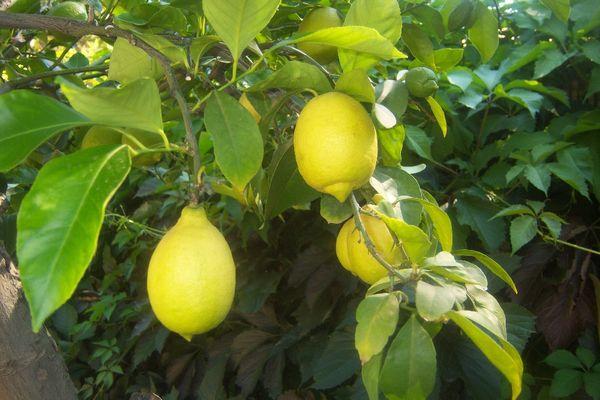

Sorrento lemon, also called Sorrento oval and Lemon di Massa, has a special flavor and is IGP.
Read next: What sounds does a ferret make to listen to
The rind of Sorrento lemons is thick, nostril and incredibly aromatic thanks to the large amount of essential oils.
Genoa
Genoa lemon
The tree is weak, without thorns, with a well-leafy beautiful crown. Very productive, blooms and bears fruit throughout the year. The flowers are small. Fruits are large, 100-110 g, oblong, elongated-oval. The quality of the fruit is very high. The rind is thick and sweet, without bitterness, light yellow. The pulp is tender, juicy, fragrant, grayish-yellowish or greenish-yellowish.
Genoa is a Californian variety that Webber (1943) refers to as difficult to distinguish from the Eureka type. Delivered from California to Chile, this variety turned out to be more energetic, densely leafy, cold-resistant there. It was introduced to California around 1875 from Genoa, Italy. Commercial value only in Argentina and Chile.
One of the rare species. Trees about a meter with a dense crown. There are almost no thorns. These lemons are distinguished by their particularly tasty fruits with delicate pulp. Their peel is edible, without bitterness.
Rather dense films inside are characteristic. Weight reaches an average of 110 g. The lemon grown from the cuttings begins to bloom in the 4th year. One of the important conditions for care is an abundance of light, without which the tree does not develop well. With good home care, it gives a huge harvest: in the first years of fruiting, it bears up to 50 fruits, and from an adult tree they can be harvested in about 120-180 a year.
One of the rare species. Trees about a meter with a dense crown. There are almost no thorns. These lemons are distinguished by their particularly tasty fruits with delicate pulp. Their peel is edible, without bitterness.
Rather dense films inside are characteristic. Weight reaches an average of 110 g. The lemon grown from the cuttings begins to bloom in the 4th year. One of the important conditions for care is an abundance of light, without which the tree does not develop well. With good home care, it gives a huge harvest: in the first years of fruiting, it bears up to 50 fruits, and from an adult tree they can be harvested in about 120-180 a year.
New Year
The variety, according to some sources, was obtained in Irkutsk by A.V. Shcherbakov. Perhaps the name New Year's is associated with the ripening of the fruits of spring flowering in late December - early January.
Read more: Viking grapes (Zagorulko V.V.) - description and photo of the variety
The crown is well leafed, compact, does not require formation. Well suited for indoor use. Thin spines of medium length. High decorative effect.
Fruits are small, rounded, tapering towards the top. At the top, a long "proboscis" nipple is formed from the pistil.The pulp of the fruit is juicy, tender, fine-grained, yellow-green in color, with a noticeable acidity and a pleasant aroma.
Good cuttings. Repairedness is well expressed. The main flowering wave occurs in March-April. Fruiting of a seedling occurs in the second or third year.
Maikop
The best varieties have been used for breeding this lemon. The result is an unusually fruitful crop: mature trees produce 100-300 fruits per year, and sometimes up to 700 are removed from old lemon trees of this variety! The fruits weigh about 140-160 g.
Trees rarely grow taller than 2 meters. They are hardy and unpretentious, home conditions are well suited for them. There are two subspecies. The first type is formed almost without stamping. The crown is dense, branched, with many branches without thorns, which are located horizontally or hang down slightly. Leaves with a waxy bloom, dark. Small flowers are collected in inflorescences of 3-5 pcs. It normally tolerates wintering in houses and ordinary indoor conditions.
The second variety is distinguished by strong, semi-vertical branches directed upwards. The crown is symmetrical. This type easily adapts to home conditions, but prefers wintering in a cool room.
The best varieties have been used for breeding this lemon. The result is an unusually fruitful crop: mature trees produce 100-300 fruits per year, and sometimes up to 700 are removed from old lemon trees of this variety! The fruits weigh about 140-160 g.
Trees rarely grow taller than 2 meters. They are hardy and unpretentious, home conditions are well suited for them. There are two subspecies. The first type is formed almost without stamping. The crown is dense, branched, with many branches without thorns, which are located horizontally or hang down slightly. Leaves with a waxy bloom, dark. Small flowers are collected in inflorescences of 3-5 pcs. It normally tolerates wintering in houses and ordinary indoor conditions.
The second variety is distinguished by strong, semi-vertical branches directed upwards. The crown is symmetrical. This type easily adapts to home conditions, but prefers wintering in a cool room.
Monacello
Monachello (Moscatello).
Fruits are small to medium-sized, elliptical in shape, tapering at both ends, with few or no seeds. Looks like a lemon / citron hybrid. The color is yellow when ripe. The crust is thin. The pulp is tender, not juicy enough, with less acid than other lemon varieties. The main harvest time is in winter and spring.
The tree is short, slowly growing, with a rounded crown and spreading branches with dense foliage, almost without thorns. The leaves are large, thick, with wavy edges, brighter green than most other lemons. Moderately productive compared to Femminello.
The outstanding advantage of this Italian variety is its resistance to malsecco (see the description of the disease above, in the description of the Santa Teresa variety). Therefore, until recently, it had the second distribution after Femminello in Italy. But otherwise it is inferior to Femileno, and at present Monacello is distributed only in areas where the threat of the spread of Malsecco's disease is high.
Santa teresa
Femminello Santa Teresa lemon. Breeding Femminello Ovale. Market type lemon.
A variety of Italian selection. Plants are medium-sized, up to 3.5 m high. Fruits are of high quality, lie well, fruit weight up to 90 g. Peel is slightly rough, fragrant, greenish-yellow, 4-5 mm thick, dense.
This relatively new Italian species, Femminello, is considered very promising due to its greater resistance to Malsecco disease * than any other lemon. This lemon tree can grow without relapse in gardens that have been nearly destroyed by disease (Russo, 1955). Currently, this variety is planted as a replacement in areas of Italy where the disease is severe.
* Malsecco (Mal secco) is a dangerous and widespread disease of citrus fruits caused by the fungus Phoma tracheiphila (Deuterophoma tracheiphila). "Malsecco" comes from the words "dry" and "disease" (Italian), meaning "disease of desiccation." Malsecco's disease is widespread in the countries of the Mediterranean and Black Sea basins, due to the climatic conditions of these areas, contributing to the development of the fungus.
The disease begins with chlorosis, which appears on the young leaves of individual branches. Yellow veins are clearly visible on green leaves. Then the wilting of non-lignified shoots begins, the leaves fall off and the branches dry out. Dried branches are usually gray in color and appear on them with black manifestations of the fungus, which are difficult to see (they are small and immersed in the plant tissue). Leaves can fall green, acquire a brown color, spreading from the petiole and central vein.
There is no remedy to kill the fungus that has invaded the plant.


